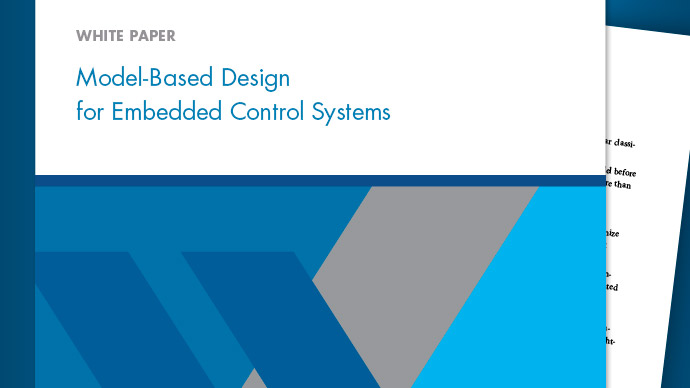set_param
Set system and block parameter values
Description
set_param(sets the parameter to the specified value on the specified model or block object.Object,ParameterName,Value,...ParameterNameN,ValueN)
When you set multiple parameters on the same model or block, use a singleset_paramcommand with multiple pairs ofParameterName,Valuearguments, rather than multipleset_paramcommands. This technique is efficient because using a single call requires evaluating parameters only once. If any parameter names or values are invalid, then the function doesn’t set any parameters.
Tips:
If you make multiple calls to
set_paramfor the same block, then specifying the block using a numeric handle is more efficient than using the full block path. UsegetSimulinkBlockHandleto get a block handle.If you use
matlab -nodisplayto start a session, you cannot useset_paramto run your simulation. The-nodisplaymode does not support simulation usingset_param. Use thesimcommand instead.After you set parameters in the MATLAB®workspace, to see the changes in a model, update the diagram.
set_param(model,'SimulationCommand','Update')
For parameter names, see:

